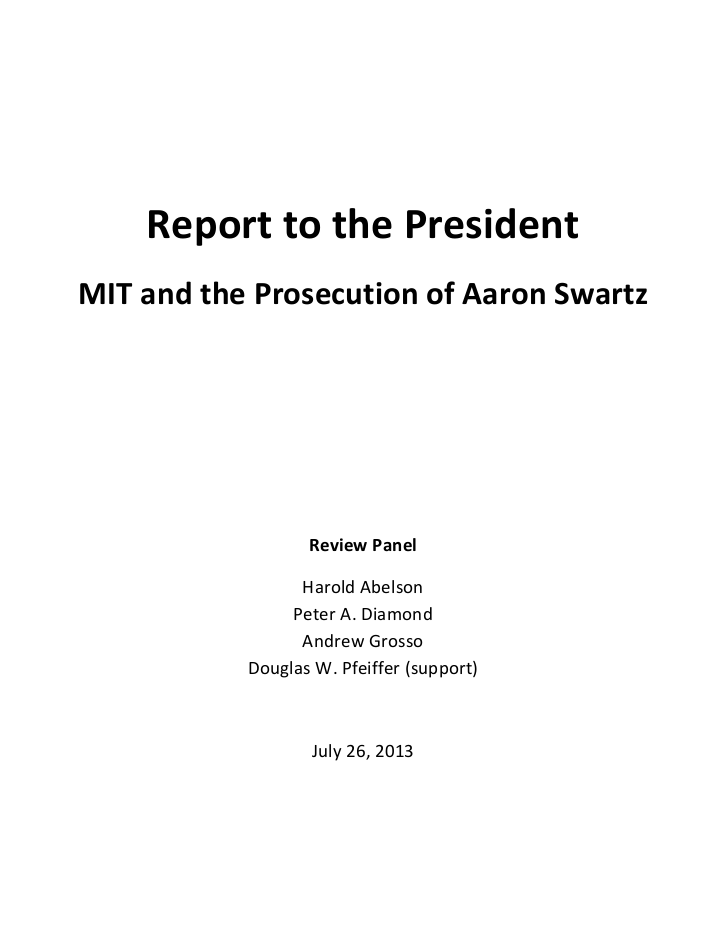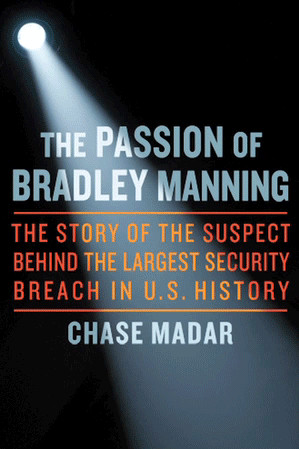Christopher Alexander: Notes on the Synthesis of Form (1964)
Filed under book | Tags: · architecture, design, mathematics

“These notes are about the process of design: the process of inventing things which display new physical order, organization, form, in response to function.” This book, opening with these words, presents an entirely new theory of the process of design.
In the first part of the book, Christopher Alexander discusses the process by which a form is adapted to the context of human needs and demands that has called it into being. He shows that such an adaptive process will be successful only if it proceeds piecemeal instead of all at once. It is for this reason that forms from traditional unselfconscious cultures, molded not by designers but by the slow pattern of changes within tradition, are so beautifully organized and adapted. When the designer, in our own self-conscious culture, is called on to create a form that is adapted to its context he is unsuccessful, because the preconceived categories out of which he builds his picture of the problem do not correspond to the inherent components of the problem, and therefore lead only to the arbitrariness, willfulness, and lack of understanding which plague the design of modern buildings and modern cities.
In the second part, Mr. Alexander presents a method by which the designer may bring his full creative imagination into play, and yet avoid the traps of irrelevant preconception. He shows that, whenever a problem is stated, it is possible to ignore existing concepts and to create new concepts, out of the structure of the problem itself, which do correspond correctly to what he calls the subsystems of the adaptive process. By treating each of these subsystems as a separate subproblem, the designer can translate the new concepts into form. The form, because of the process, will be well-adapted to its context, non-arbitrary, and correct.
The mathematics underlying this method, based mainly on set theory, is fully developed in a long appendix. Another appendix demonstrates the application of the method to the design of an Indian village.
Publisher Harvard University Press, 1964
Harvard Paperbacks, Volume 5
ISBN 0674627512, 9780674627512
216 pages
wikipedia
publisher
google books
MIT and the Prosecution of Aaron Swartz (2013)
Filed under report | Tags: · activism, copyright, law, politics

“In January 2013, MIT President L. Rafael Reif asked Professor Hal Abelson to lead a thorough analysis of MIT’s involvement in the Aaron Swartz matter, from the time that MIT first perceived unusual activity on its network in fall 2010 up to the time of Aaron Swartz’s suicide on January 11, 2013.
On July 26, 2013, Professor Abelson and his team submitted their report to President Reif.” (source)
“Abelson and his panel interviewed 50 people and reviewed 10,000 pages of documents to produce the report, about 3,000 of which were released in redacted form.” (source)
Publisher Massachusetts Institute of Technology, 26 July 2013
Review Panel: Harold Abelson, Peter A. Diamond, Andrew Grosso, Douglas W. Pfeiffer (support)
Creative Commons Attribution 3.0 Unported License
182 pages
via Marcell Mars
“MIT Report is a Whitewash” (statement by Aaron Swartz’s partner Taren Stinebrickner-Kauffman in response to MIT’s report, 30 July 2013)
“MIT Moves to Intervene in Release of Aaron Swartz’s Secret Service File” (Kevin Poulsen, Wired, 18 July 2013)
publisher
summary from the publisher
Chase Madar: The Passion of Bradley Manning (2012)
Filed under book | Tags: · biography, intelligence agency, law, leaking, military, security, whistleblowing, wikileaks

“In May 2010, an intelligence analyst in the US Army’s 10th Mountain Division was arrested on suspicion of leaking nearly half a million classified government documents, including the infamous “Collateral Murder” gunsight video and 260,000 State Department cables. After nine months in solitary confinement, the suspect now awaits court-martial in Fort Leavenworth. He is twenty-four, comes from Crescent, Oklahoma and his name is Bradley Manning.
Who is Private First Class Bradley Manning? Why did he allegedly commit the largest security breach in American history–and why was it so easy? Is Manning a traitor or a whistleblower? Is long-term isolation an outrage to American values–or the new norm? Are the leaks revolutionary or a sensational nonevent? Which is the greater security threat, routinized elite secrecy or flashes of transparency? And what impact does new information really have?
The astonishing leaks attributed to Bradley Manning are viewed from many angles, from Tunisia to Guantánamo Bay, from Foggy Bottom to Baghdad to small-town Oklahoma. Around the world, the eloquent alleged act of one young man obliges citizens to ask themselves if they have the right to know what their government is doing.”
Publisher OR Books, April 2012
ISBN 1935928538, 9781935928539
190 pages
United States v. Bradley Manning (Wikipedia)
1.5-hour special broadcast on the Bradley Manning verdict (Democracy Now!, 30 July 2013)
Table detailing verdict in Bradley Manning trial (AlexaOBrien.com)

